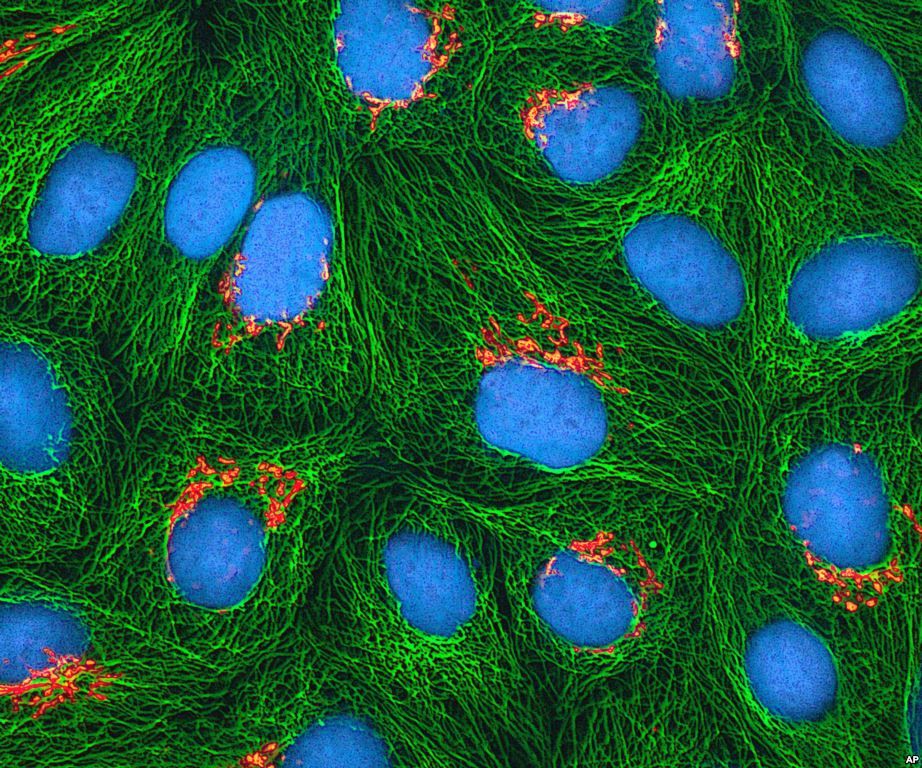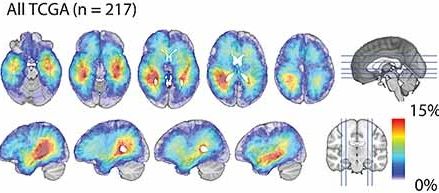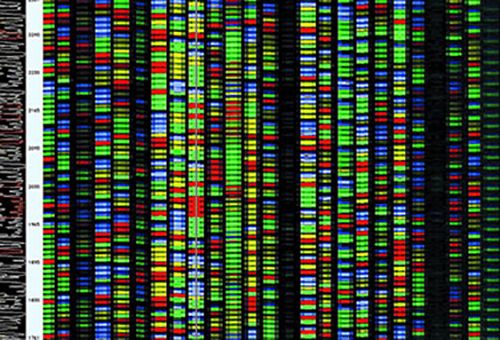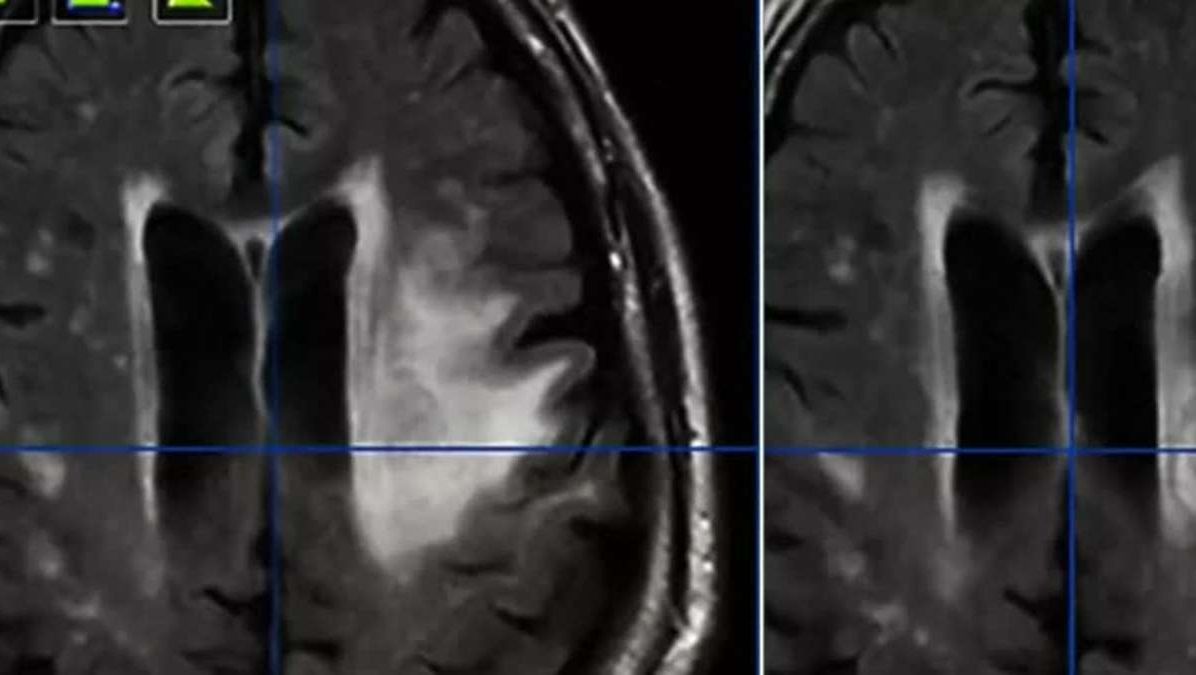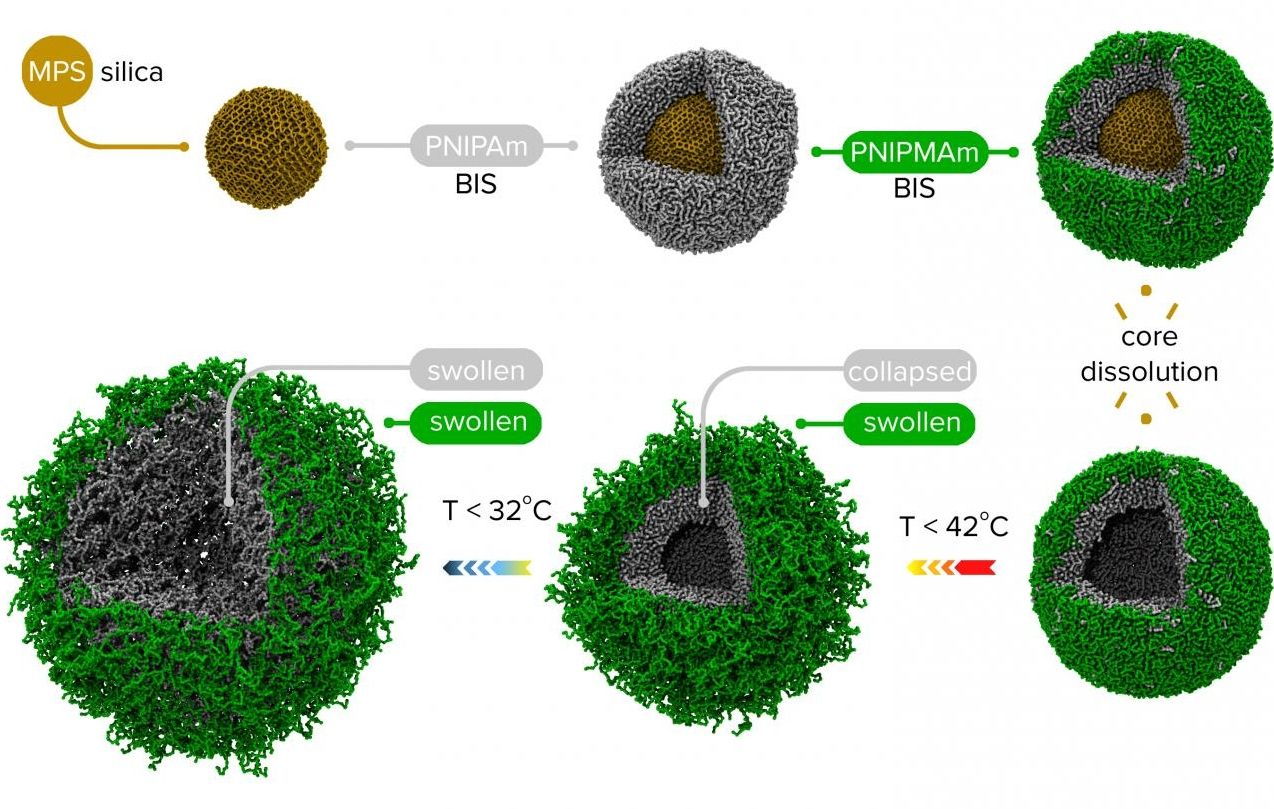How could global economic inequality survive the onslaught of synthetic organisms, micromanufacturing devices, additive manufacturing machines, nano-factories?
(http://www.beliefnet.com/columnists/lordre/2016/04/obsessed-…L36KMDo.99)
Narrated by Harry J. Bentham, author of Catalyst: A Techno-Liberation Thesis (2013), using the introduction from that book as a taster of the audio version of the book in production. (http://www.clubof.info/2016/04/liberation-technologies-to-come.html)
Paperback: http://www.amazon.com/Catalyst-Techno-Liberation-Harry-J-Ben…atfound-20
Kindle: http://www.amazon.com/Catalyst-Techno-Liberation-Harry-J-Ben…atfound-20
Audio: coming soon!

